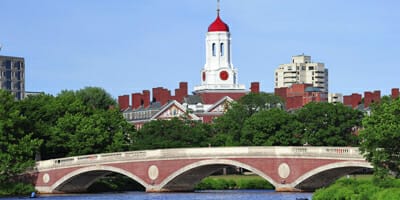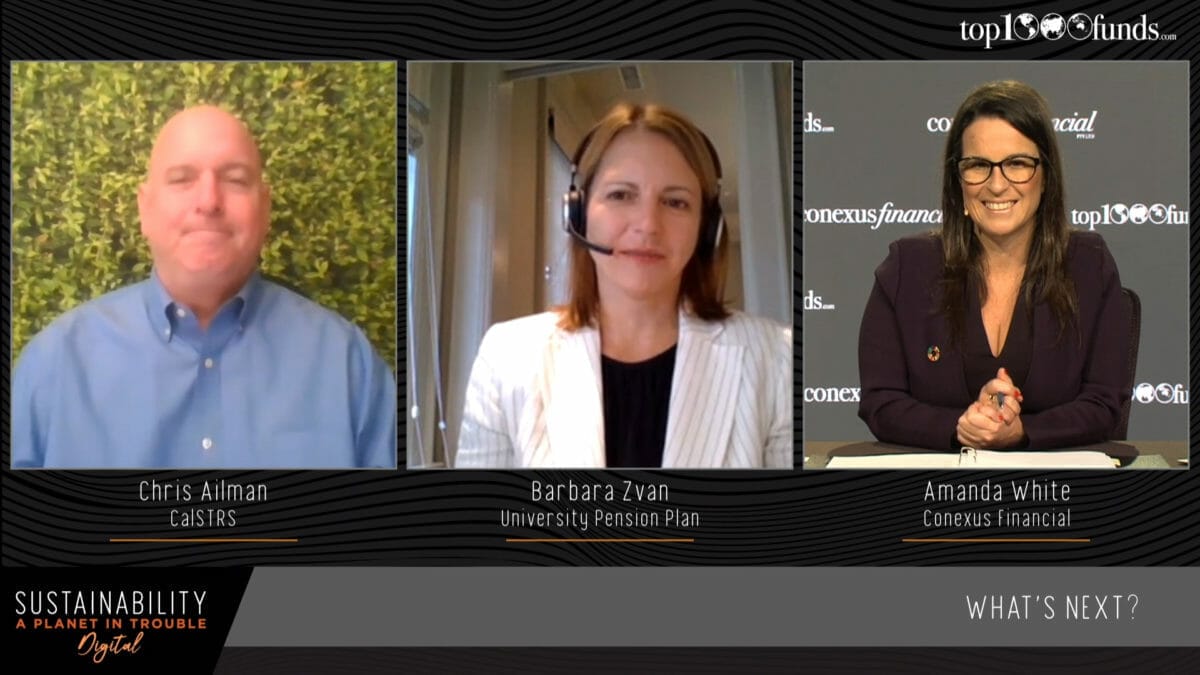Harvard Management Company is re-positioning its $40 billion portfolio to invest in line with net-zero greenhouse gas emissions by 2050 following instructions from the president of the university, Larry Bacow last week.
A number of significant changes have occurred at HMC, under the stewardship of CEO Narv Narvekar and CIO Rick Slocum, including moving the portfolio to external investment management and recalibrating its illiquid asset exposures.
A key focus of implementing a net-zero goal will be to work with external asset managers. Currently HMC works with around 100 investment partners with a preference for “investors not asset gatherers”.
It has said it will work with current and prospective asset managers to emphasise GHG emissions reduction outcomes in the real economy.
It’s also going to work closely with peers, which have made or are making similar commitments, and acknowledges it can’t achieve these commitments in isolation. A key focus is to develop tools that monitor the carbon footprint of its investment managers.
When HMC signed up to the PRI it was the first endowment to do so, and it already actively expects its external managers to report regularly on ESG integration, shareholder engagement, proxy voting activity and outcomes.
HMC, which is about half-way through a five-year transition that includes moving from internal to external investment management, has shifted its internal investment resources to generalists, and aims to operate as one team, not siloed specialists.
In the past few years HMC has spun out four internal investment platforms including its large internal real estate platform, to Bain Capital, and its credit platform.
The fund’s exposure to real estate is about half of what it was in 2017, the majority of which stayed with the team from HMC when it spun out.
The exposure to natural resources has also been more than halved from 9 to 4 per cent. It was forced to write down or write off about $1 billion in “deeply troubled assets”; and has sold a further $1.1 billion in assets it thought were misaligned with the risk, return, liquidity profile of the fund.
An early investor in venture capital the fund has had a healthy allocation to illiquid assets and has actually increased allocations to private equity from 16 to 20 per cent since 2017, a significant increase from the 13 per cent allocation a decade ago. Public equity exposures have decreased from 31 to 26 per cent in the past three years.
The fund has been repositioning the portfolio by reducing exposure to certain illiquid assets and building exposure to others. In the 2019 annual report, Narvekar wrote that buyouts, growth and venture capital is low relative to what makes sense for Harvard.
A new liquidity framework was developed in 2018, and last year saw the endowment distribute $1.9 billion to the university, the highest amount since its inception in 1974.
HMC and the university
A key part of the net-zero plan is to also collaborate with the university’s faculty and other experts to calculate emissions, and work with asset managers to examine the portfolio’s transparency and emission levels.
The Harvard Corporation — the University’s highest governing body, which approved the new standard — has asked HMC for an update by the end of the year to outline how it plans to achieve net-zero emissions.
The university has also create a Presidential Committee on Sustainability, which will advise Bacow and other university leaders by creating a comprehensive sustainability vision. The committee is co-chaired by Rebecca Henderson, the John and Natty McArthur University Professor, who spoke at www.top1000fund.com’s Fiduciary Investors Symposium at Harvard last year on inequality, warning the impact of inequality is equal to the impact of climate risk. Henderson teaches the Reimagining Capitalism course as part of the MBA alongside Professor George Serafeim.
Henderson will co-chair the committee with John Holdren, the Teresa and John Heinz Professor of Environmental Policy at Harvard Kennedy School; and executive vice president Katie Lapp, and will draw on Harvard’s knowledge and expertise to develop solutions for energy and emissions reduction, around both the university and the world.
At the end of June 2019 the endowment’s asset allocation was:
| ASSET CLASS | ALLOCATION | RETURN |
| Public equity | 26% | 5.9% |
| Private equity | 20% | 16% |
| Hedge funds | 33% | 5.5% |
| Real estate | 8% | 9.3% |
| Natural resources | 4% | -12.4% |
| Bonds / TIPS | 6% | 5.7% |
| Other real assets | 2% | -8.3% |
| Cash and other | 2% | – |
| Endowment | 6.5% |




